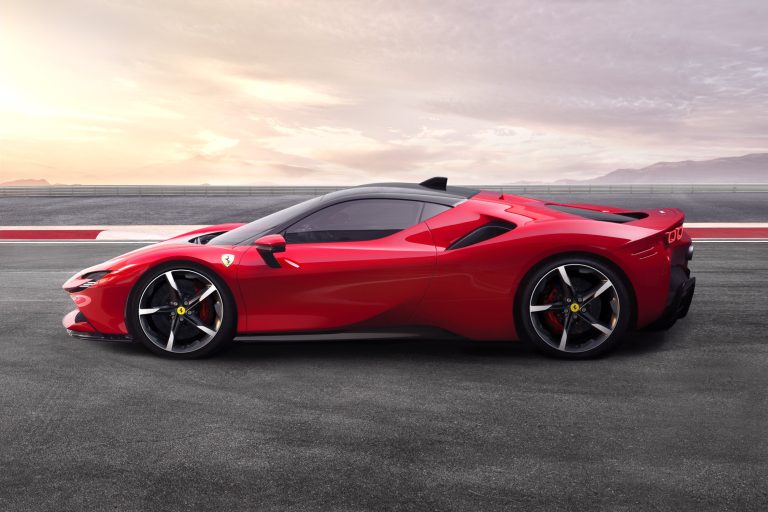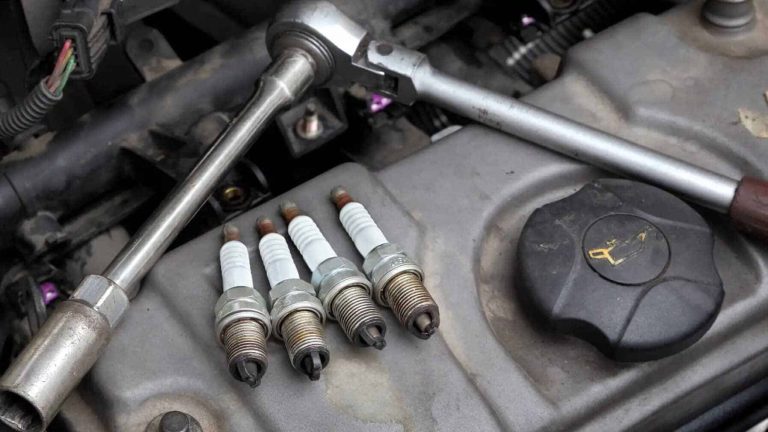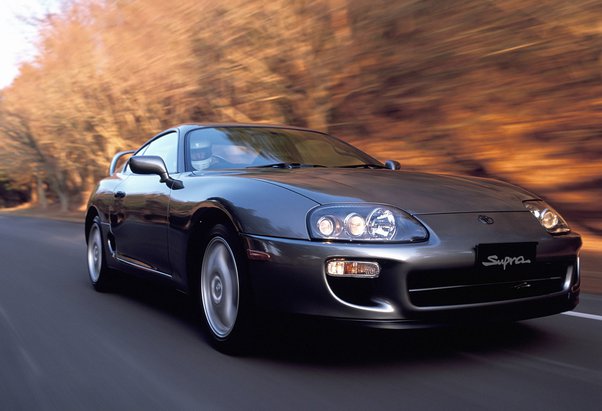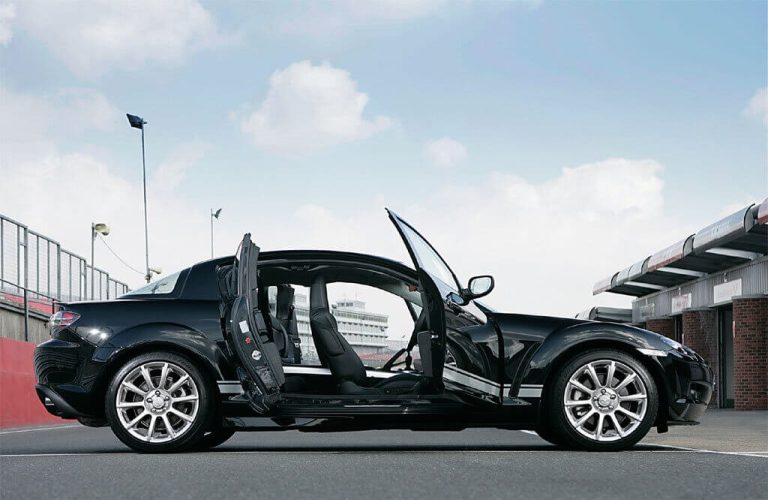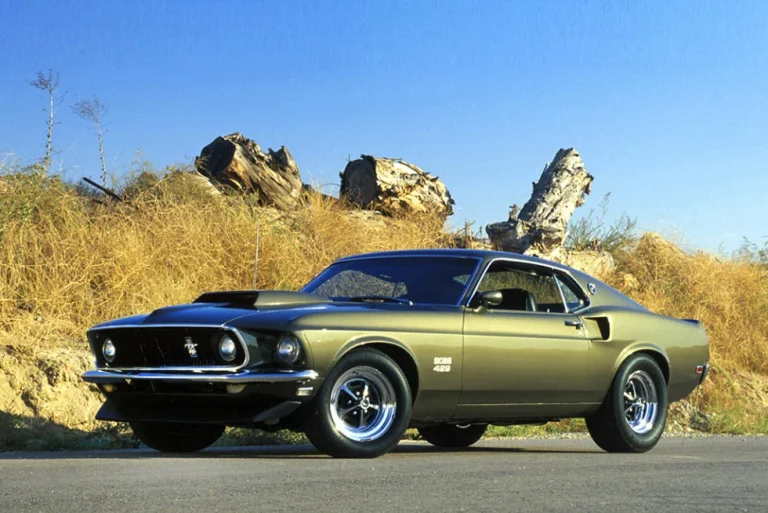What Does RPM Mean In Cars?
RPM stands for “Revolutions Per Minute,” a crucial measurement in gauging a car engine’s performance. It counts how often the engine’s crankshaft completes a full rotation each minute, reflecting the engine’s workload.
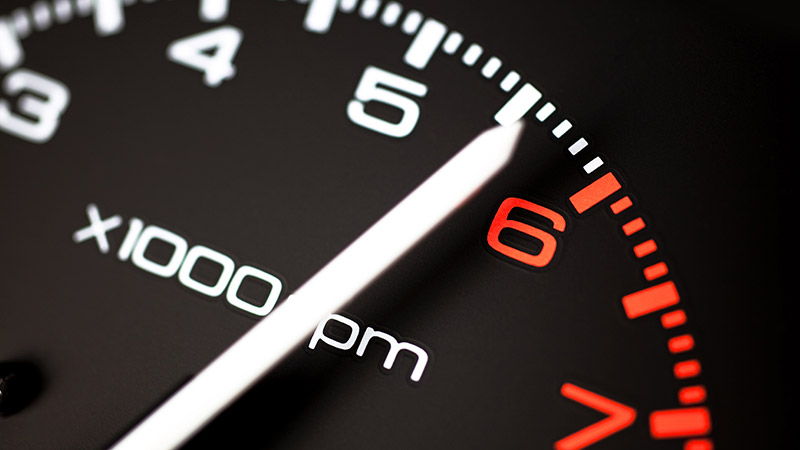
What Does RPM Mean In Cars?
RPM in cars stands for Revolutions Per Minute. It’s a measurement of how fast the engine’s crankshaft is spinning. The crankshaft is a vital rotating shaft that converts the pistons’ up-and-down motion into rotational energy to power the wheels.
Here’s a breakdown of RPM in cars:
- Measurement: RPM indicates the number of complete rotations the crankshaft makes in one minute.
- Importance: RPM is a crucial indicator of engine performance. It helps you understand how much power the engine is producing and how hard it’s working.
- Monitoring RPM: Most cars have a tachometer on the dashboard that displays the engine RPM in real-time. The tachometer is typically marked in thousands of RPM (e.g., 3 on the gauge might represent 3,000 RPM).
How Does RPM Work?
RPM works by measuring the rotational speed of the crankshaft, the heart of a car’s engine. Here’s a deeper look at the connection:
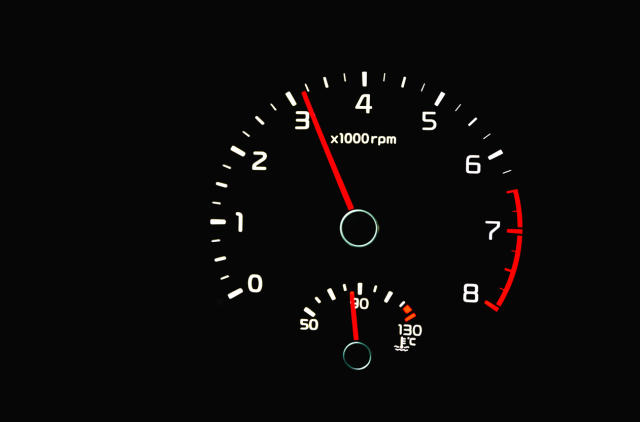
- Fuel Combustion: It all starts with the engine burning fuel and air in the cylinders. This combustion creates a force that pushes the pistons down in their cylinders.
- Piston Movement: As pistons move down, they are connected to a mechanism called the connecting rod. The connecting rod, in turn, is connected to the crankshaft.
- Crankshaft Rotation: The downward force from the pistons translates through the connecting rod, causing the crankshaft to rotate. With each combustion cycle, the crankshaft completes a partial rotation.
- RPM Measurement: The number of complete rotations the crankshaft makes in one minute is what we measure as RPM. Higher RPM signifies faster crankshaft rotation, which translates to faster movement of the pistons and increased engine activity.
Here’s an analogy: Imagine churning butter. The faster you move the handle (similar to pressing the gas pedal), the faster the churning arm (like the crankshaft) rotates, resulting in more butter being churned (like more power being generated by the engine).
Factors Affecting RPM:
- Throttle Input: Pressing the gas pedal increases the air entering the engine, allowing for more fuel combustion and ultimately raising the RPM.
- Gear Selection: Lower gears provide more torque (twisting force) but limit RPM for better acceleration from a standstill. Higher gears allow for higher RPM and faster cruising speeds.
What Are The Benefits of RPM?
RPM offers several advantages for both automatic and manual transmissions, making you a more informed and capable driver. Here are the benefits:
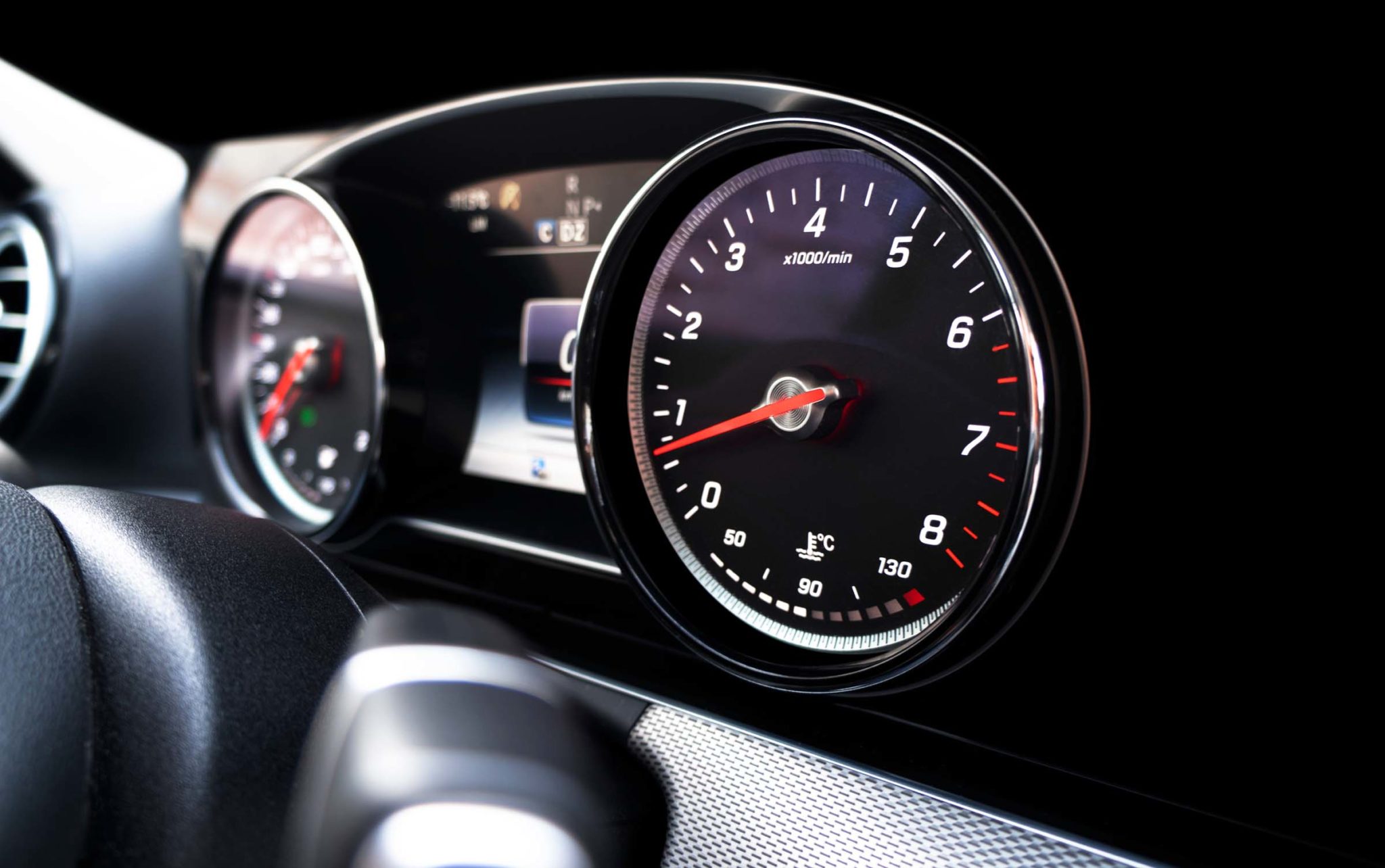
RPM is crucial for optimal gear changes in manual transmissions. By monitoring the RPM gauge, you can shift gears at the right moment, ensuring a smooth transition of power and preventing jerky movements. This not only enhances driving comfort but also reduces wear and tear on the clutch.
2. Enhanced Performance:
RPM is directly linked to engine power output. Higher RPM generally translates to more power, which is beneficial for situations like:
- Merging onto highways: Quickly accelerating requires more power, achievable by keeping the RPM in the optimal range for your car.
- Climbing hills: Maintaining a higher RPM provides the necessary power to overcome inclines efficiently.
3. Improved Fuel Efficiency:
Conversely, driving at lower RPMs typically translates to better fuel economy. The car’s engine and its most fuel-efficient RPM range allow you to adjust your driving style for optimal fuel usage during cruising or steady speeds.
4. Early Detection of Engine Issues:
Unusual fluctuations in RPM can sometimes indicate potential engine problems. For instance, a sudden drop in RPM while maintaining steady throttle input might suggest issues with the fuel system or spark plugs. While not a definitive diagnostic tool, monitoring RPM can be a helpful indicator to get your car checked by a mechanic.
5. Avoiding Engine Damage:
Most cars have a redline zone on the tachometer, which signifies the maximum safe RPM limit. Pushing the engine to redline for extended periods can cause unnecessary stress and potential damage. Knowing the redline and keeping the RPM within a safe range ensures a longer engine lifespan.
How Does RPM Affect Car Performance?
Here’s a breakdown of how RPM affects power, acceleration, fuel efficiency, and even gear shifting:
1. Power:
A direct relationship exists between RPM and power output. Higher RPM generally translates to more power because the engine’s components are spinning faster, allowing for more frequent combustion cycles and the generation of force. This is why you’ll see the engine rev higher when accelerating or needing to overcome resistance, like climbing a hill.
2. Acceleration:
Due to the increased power at higher RPM, acceleration is also positively affected. By keeping the RPM within the optimal powerband (the range where the engine produces its peak horsepower), you can achieve faster acceleration. This is particularly useful when merging onto highways or overtaking slower vehicles.
3. Fuel Efficiency:
There’s a trade-off between RPM and fuel efficiency. Lower RPM typically leads to better fuel economy. This is because the engine is working less strenuously, requiring less fuel to maintain lower speeds. Conversely, high RPM means more fuel is burned for each combustion cycle, leading to decreased fuel efficiency.
4. Gear Shifting (Manual Transmission):
In manual transmissions, RPM is crucial for smooth and efficient gear changes. Shifting at the right RPM ensures a smooth transition of power between gears and prevents the engine from lugging (straining at low RPMs) or over-revving (reaching excessively high RPMs before shifting). This not only improves driving comfort but also reduces wear and tear on the clutch.
What Is The Normal RPM Range For Cars?
The normal RPM range for cars varies depending on the vehicle and its engine type, but there are general guidelines that can help you know what’s typical:
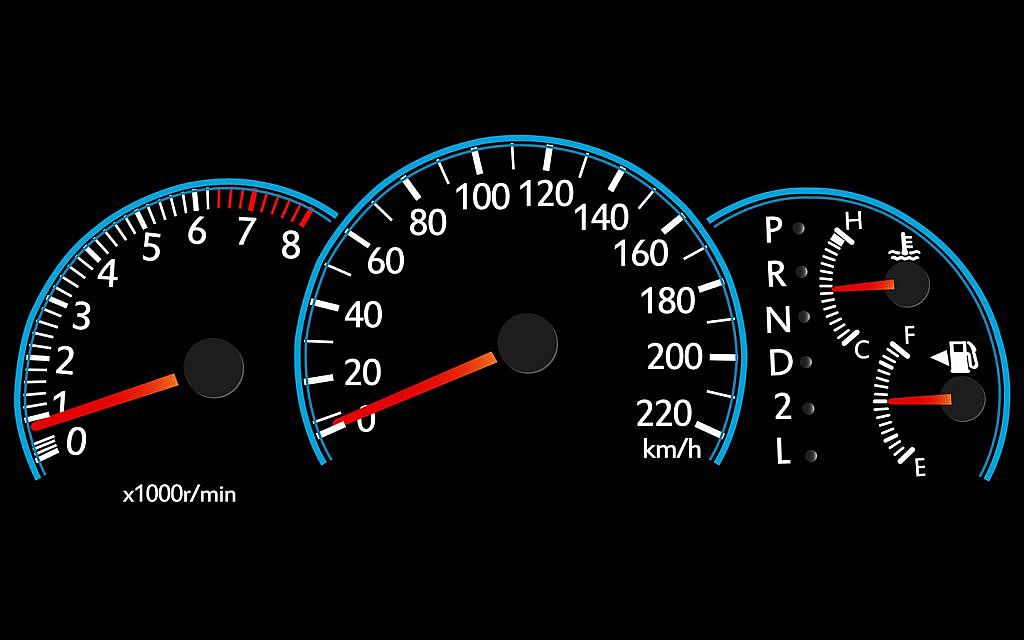
Idle RPM
Most cars idle at about 600 to 1,000 RPM. At this range, the engine runs smoothly without stalling and keeps all the auxiliary systems like the power steering pump, alternator, and water pump functioning.
Normal Driving RPM
During normal driving, such as city driving or cruising on the highway, RPMs typically range from 1,500 to 3,000. This range allows for optimal fuel efficiency and engine performance, balancing power output and fuel consumption.
High Performance and Acceleration
When accelerating or when more power is required, such as climbing a steep hill or overtaking another vehicle, RPMs can go higher. Many cars can safely reach up to 4,000 to 6,000 RPM during these conditions without any issues. This higher RPM range is where the engine can produce maximum power.
Redline
The redline on a tachometer marks the maximum safe RPM for an engine and is usually set between 6,000 and 8,000 RPM for most passenger cars. Exceeding the redline can lead to engine damage due to excessive heat and mechanical stress.
Frequently Asked Questions
What is the significance of RPM in cars?
RPM or Revolutions Per Minute determines the engine’s speed and its workload. It plays a substantial role in performance optimization, especially for Internal Combustion Engines (ICE).
Can I measure RPM?
Yes, RPM can be measured using an RPM counter, typically found in a car dashboard. It helps to keep track of the engine speed and make driving adjustments as needed.
What is a ‘redline RPM’?
‘Redline RPM’ signifies the maximum safe limit for engine operation. Exceeding this limit can lead to engine stress and failure.
How do I fix RPM instability?
RPM instability can be resolved through regular maintenance like tuning, air intake system checks, and spark plug replacements.
What is the importance of monitoring RPM levels?
Monitoring RPM levels is crucial for driving efficiency, and fuel economy, and ensuring the longevity of vehicles’ performance.

Hi! I’m Larry Gibbs, studying mechanical engineering with a focus on cars. I really love Ferraris and write blog posts about the latest car stuff. When not studying or blogging, I’m usually on a road trip exploring new places. I also enjoy playing football and watching movies. Life’s an adventure, and I’m all about enjoying the ride!

